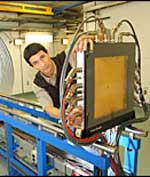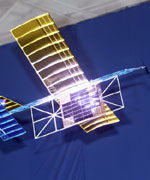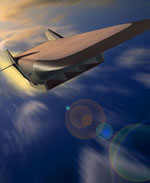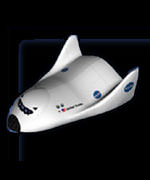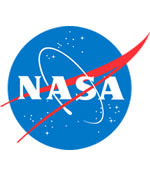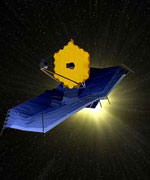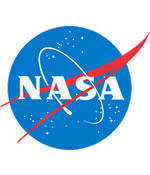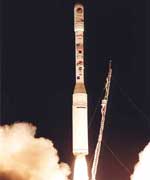
Image credit: Orbital
NASA has ordered four launch vehicles from Orbital Sciences Corporation, including two Pegasus and two Taurus rockets, for future missions. The Pegasus rockets will launch NASA’s Space Technology-8 and Small Explorer-10 missions. The Taurus rockets will launch the GLORY satellite and the Orbiting Carbon Observer. NASA has been working with Orbital for 12 years and purchased 25 rockets to launch various missions into space.
Orbital Sciences Corporation (NYSE: ORB) announced today that the National Aeronautics and Space Administration (NASA) has ordered four space launch vehicles, including two Pegasus and two Taurus rockets, for U.S. government scientific satellite missions scheduled to be launched over a two-year period beginning in 2006. The orders were placed under the Small Expendable Launch Vehicles Services (SELVS) contract that was awarded to Orbital by NASA’s Kennedy Space Center in 1998.
The two new Pegasus vehicles will be used to launch the satellites designated for NASA’s Space Technology-8 (ST-8) and Small Explorer-10 (SMEX-10) missions. The two Taurus missions are scheduled to launch NASA satellites that Orbital is currently developing and manufacturing at its Dulles, VA facility. The first of the two new Taurus rockets will launch the GLORY satellite for NASA’s Goddard Space Flight Center. The second Taurus rocket will launch the Orbiting Carbon Observer satellite for the Jet Propulsion Laboratory.
With these new launch vehicle orders, NASA is continuing a 12-year relationship with Orbital for Pegasus and derivative rockets, which began in 1991. During this time, the space agency has purchased 25 Pegasus, Taurus and related launch vehicles for a wide range of Earth and space science and technology demonstration missions. Fourteen of these launches have been carried out to date, while another 11 are planned from 2004 to 2008.
“Orbital is very pleased with NASA’s continued commitment to our space launch vehicle products,” said Mr. David W. Thompson, Orbital’s Chairman and Chief Executive Officer. “We look forward to continuing the excellent working relationship that our launch vehicle team has established with its NASA counterparts. Together, our shared goal is to reliably support the scientific community’s use of small satellites for highly productive Earth and space science investigations.”
About the Pegasus Launch System
Pegasus is the world’s leading launch system for the deployment of small satellites weighing up to 1,000 pounds into low-Earth orbit. Its patented air-launch system, in which the rocket is launched from beneath Orbital’s “Stargazer” L-1011 carrier aircraft over the ocean, reduces cost and provides customers with unparalleled flexibility to operate from virtually anywhere on Earth with minimal ground support requirements.
First launched in 1990, Pegasus is the world’s only small launch vehicle to have earned NASA’s Category-3 certification, which allows the U.S. space agency to launch its most valuable payloads aboard the rocket. A Category-3 certification is achieved through a long-term record of highly reliable launch services, such as the current record of 21 consecutive successful Pegasus missions carried out since 1997.
About the Taurus Launch System
Orbital developed the ground-launched Taurus vehicle to provide a cost-effective, reliable means of launching satellites weighing up to 3,000 pounds into low-Earth orbit. First launched in 1994, Taurus incorporates advanced structural and avionics technology proven on Pegasus and other operational launch systems and is designed for easy transportability, offering customers rapid-response launches from a wide range of locations.
About Orbital
Orbital develops and manufactures small space systems for commercial, civil government and military customers. The company’s primary products are satellites and launch vehicles, including low-orbit, geostationary and planetary spacecraft for communications, remote sensing and scientific missions; ground- and air-launched rockets that deliver satellites into orbit; and missile defense boosters that are used as interceptor and target vehicles. Orbital also offers space-related technical services to government agencies and develops and builds satellite-based transportation management systems for public transit agencies and private vehicle fleet operators.
Original Source: Orbital News Release

